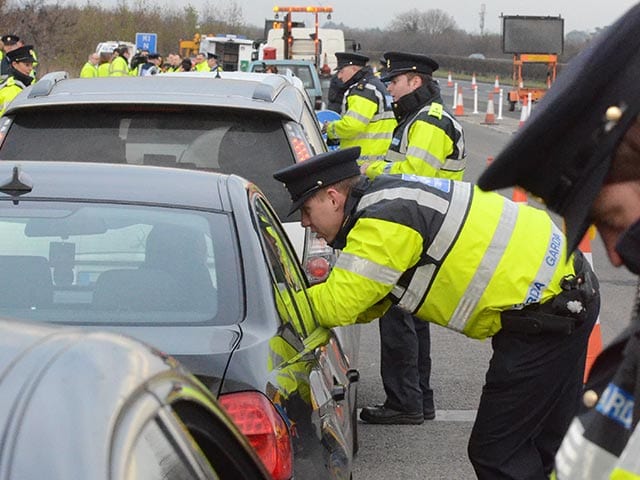The increase in the number of drug driving incidents detected this year is a “worrying trend” Galway TD Hildegarde Naughton has said, but also represents increased efforts by the Gardaí to catch offenders.
There has been an 11% increase in the number of people caught drug driving in the first three months of 2021 compared with last year the Road Safety Authority has said.
Figures from An Garda Síochána show that there have been 997 incidents of drug driving detected nationwide up to March 31 of this year, a significant increase on 899 incidents in the same period last year.
Minister of State at the Department of Transport and Galway West TD Hildegarde Naughton, said “the significant increase in the number of specimens being analysed by the MBRS certainly reflects the increased levels of detections being made for drug driving by An Garda Síochána.”
“While this is a worrying trend, I believe it is down to a greater focus by the Gardaí on this type of dangerous behaviour. This greater focus is very welcome.”
“Drivers need to understand that since the introduction of roadside testing for drugs in 2017, the Gardaí have the tools to tackle this problem. There is simply no hiding drug driving anymore.”
2020 saw Gardaí testing far more drivers for driving under the influence of drugs other than alcohol.
There was a 37% increase in the number of drivers having blood or urine sent for drug testing in 2020 compared with 2019.
Of the 4,435 blood and urine specimens tested for drugs, almost three-quarters (72%) were found to be positive for at least one drug.
Cannabis remains the most prevalent drug detected, with 3 in 5 tests returning a positive result for the drug.
Analysis also shows increased detection of cocaine use, with between 30% – 40% of specimens provided testing positive for cocaine.
Professor Denis Cusack, Head of the Medical Bureau of Road Safety said: “The high level of enforcement seen last year has continued into 2021.”
“Similar increased numbers of specimens are being received by the Bureau for drugs analysis in the first three months of this year compared to the same time period in 2020.”
Along with the high numbers of people caught driving under the influence of cannabis and cocaine, he also highlighted that 20% of samples last year tested positive for Benzodiazepines, which include many prescribable anti-anxiety medications.
“If taking prescription medication, drivers need to follow the advice of their prescribing doctor and dispensing pharmacist and must be aware of the level of potential impairment, even temporary, that the medication may cause.”
“This is particularly important if the dosage or brand of that medication is altered. If you are in any doubt, speak to your doctor or pharmacist about your concerns.”













